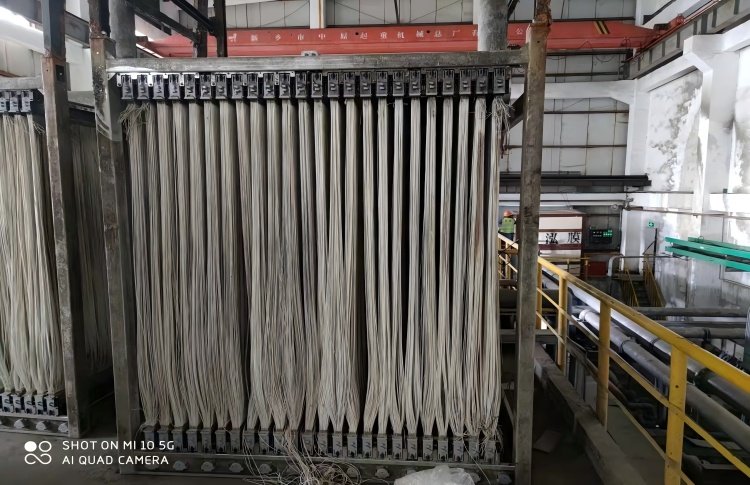Introducción
Membrane Bio-Reactor (MBR) sistemas are widely used in wastewater treatment due to their high efficiency and compact design. Sin embargo, one critical challenge plant operators face is predicting membrane lifespan accurately. Premature replacement increases costs, while delayed replacement risks system failure.
This blog explores a data-driven approach to predict MBR membrane lifespan, using industrial permeability decay rates as a key metric. We’ll analyze real-world data from a 10-year operational MBR plant and provide actionable insights for optimizing maintenance schedules.
Why Predicting MBR Membrane Lifespan Matters
MBR membranes degrade over time due to:
-
Abordaje (organic/inorganic deposits)
-
Chemical exposure (cleaning agents, oxidants)
-
Mechanical wear (aeration scouring, pressure fluctuations)
Without proper lifespan prediction, plants face:
✅ Unplanned downtime (sudden membrane failure)
✅ Higher operational costs (frequent replacements)
✅ Reduced treatment efficiency (declining water quality)
Un estudio de Xi’an Siyuan University demonstrated that annual permeability decay rates can accurately forecast membrane lifespan, helping plants optimize budgets and performance3.
Key Metric: Industrial Permeability (VMD)
Researchers define Industrial Permeability (VMD) as:
«The volume of water (m³) filtered per 1,000 m² membrane area, per day, under 1 kPa transmembrane pressure.»
This metric helps standardize performance comparisons across different MBR systems.
Data Table: Annual VMD Decay in a 10-Year MBR Plant
| Year | Avg. VMD (m³/day·kPa·1000m²) | Annual Decay Rate |
|---|---|---|
| 1 | 8.2 | – |
| 2 | 7.9 | 3.66% |
| 3 | 7.6 | 3.80% |
| 4 | 7.3 | 3.95% |
| 5 | 7.0 | 4.11% |
| 6 | 6.7 | 4.29% |
| 7 | 6.4 | 4.48% |
| 8 | 6.1 | 4.69% |
| 9 | 5.8 | 4.92% |
| 10 | 5.5 | 5.17% |
*Fuente: Xi’an Siyuan University A²/O-MBR system (3520 days of operational data)3*
Key Insight:
-
Average decay rate: ~4.36% per year
-
Membrane replacement threshold: ~30% VMD loss (Year 7-8)
How to Apply This Method in Your Plant
Step 1: Collect Daily Operational Data
Track:
✔ Daily water production (m³/día)
✔ Transmembrane pressure (TMP, kPa)
✔ área de la membrana (m²)
Step 2: Calculate VMD & Identify Decay Trends
Use the formula:
VMD=Daily Water Production (m³)Área de membrana (1000 m²)×TMP (kPa)
Plot yearly averages to detect decay patterns.
Step 3: Predict Lifespan & Plan Replacements
-
If decay exceeds 5% per year, considerar:
-
More frequent cleanings
-
Membrane material upgrades (P.EJ., PVDF with anti-fouling coatings)
-
-
If decay stays below 3% per year, membranes may last beyond 10 años.
Estudio de caso: BestaMembrane’s Long-Last MBR Solutions
En BestaMembrane, nuestro PVDF-based MBR membranes are engineered for:
🔹 Lower decay rates (~3.5%/year)
🔹 Higher chemical resistance (ph 2-11, 35,000 ppm·h chlorine tolerance)
🔹 Vida útil extendida (8-10 años)
Para la punta:
Pair our membranes with AI-driven monitoring a:
✅ Detect early fouling signs
✅ Optimize cleaning cycles
✅ Maximize operational efficiency
Conclusión
Predicting MBR membrane lifespan isn’t guesswork—it’s a data-driven science. By tracking VMD decay rates, plants can:
✔ Reduce unexpected downtime
✔ Cut replacement costs by 20-30%
✔ Maintain consistent water quality
Para longer-lasting MBR membranes, explore BestaMembrane’s high-performance solutions hoy!
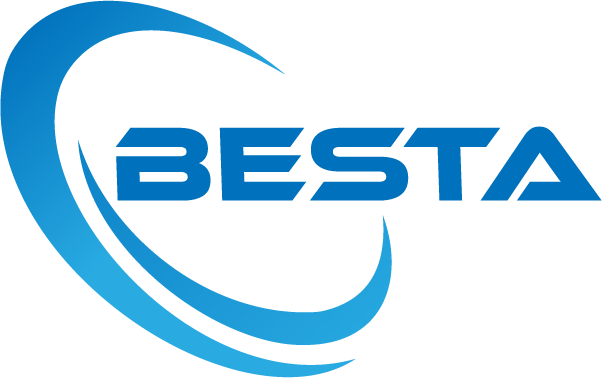
 Membrana MBR
Membrana MBR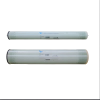 Membrana de ósmosis inversa
Membrana de ósmosis inversa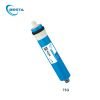 Membrana RO residencial
Membrana RO residencial Membrana UF
Membrana UF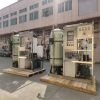 Planta de tratamiento de agua
Planta de tratamiento de agua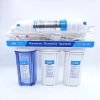 Máquina residencial RO
Máquina residencial RO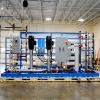 Sistema RO salobre
Sistema RO salobre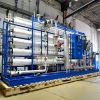 Sistema de agua de mar/planta SW ro
Sistema de agua de mar/planta SW ro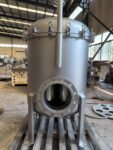 Filtro de bolsa
Filtro de bolsa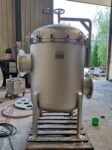 Filtro de cartucho
Filtro de cartucho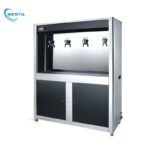 Sistema de filtración de agua comercial
Sistema de filtración de agua comercial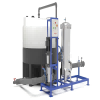 Sistema de limpieza de membrana(Titubear)
Sistema de limpieza de membrana(Titubear)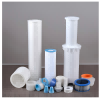 Accesorios de consumo
Accesorios de consumo